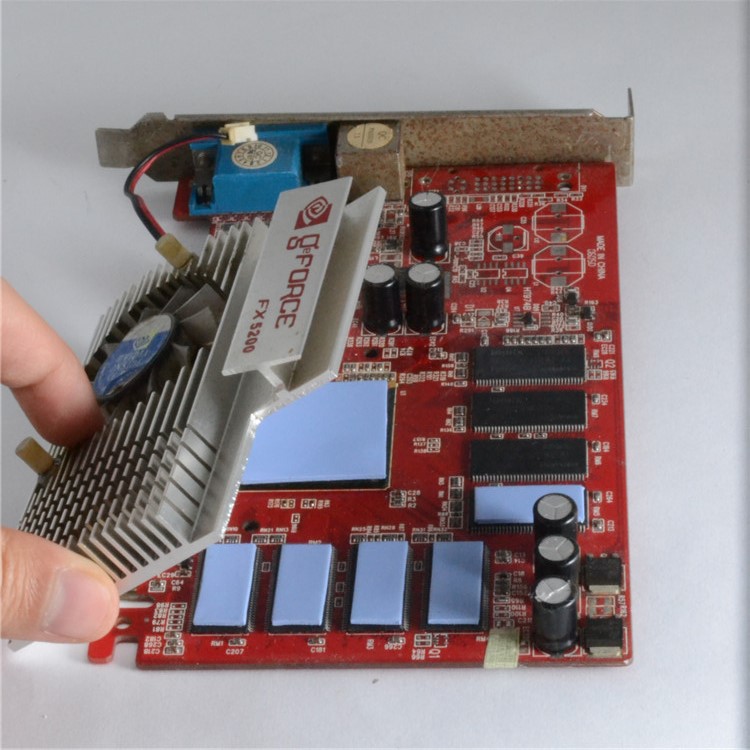
Heat conducting silicone grease is also called heat conducting paste and heat radiating paste

Heat conducting silicone grease is also called heat conducting paste and heat radiating paste

The CP series is yet another of Dobon’s enhanced thermal gap-filling materials that provides extreme thermal conductivity and thus unparalleled thermal interface resistance for board level multiple component thermal management.

Electronic products have high heat and short service life!Effective thermal management is key to ensuring consistent long-term performance and reliability in electronic devices.Proven experience and expertise in creating innovative, active solutions to the most complex thermal management issues.

Thermal Conductive Double-sided Adhesive Tape Production. These tapes have extremely strong adhesive strength and low thermal impedance, which can effectively replace thermally conductive silicone grease and mechanical fixation.10+ Years Experience,Contact us for your Request

Dobon as a high-tech enterprise specializing in the research and development, production and sales of heat conduction and heat dissipation, insulation materials, thermal insulation and flame retardant materials, and is a well-known heat conduction management solution provider in China.
5 steps
The production process of thermal pad includes the following steps: raw material preparation → plasticizing and mixing → molding vulcanization → trimming and cutting → inspection, etc. The following briefly introduces the production process of thermal conductive silicone film:
Request a quote

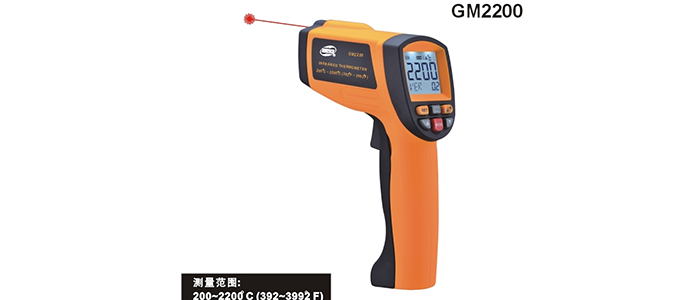

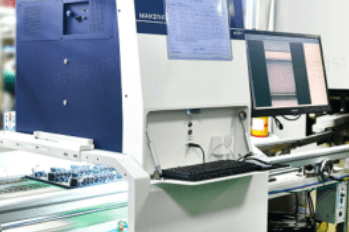
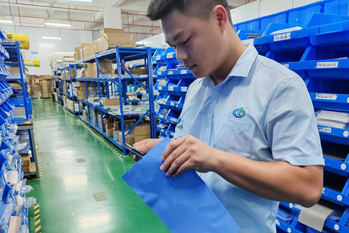
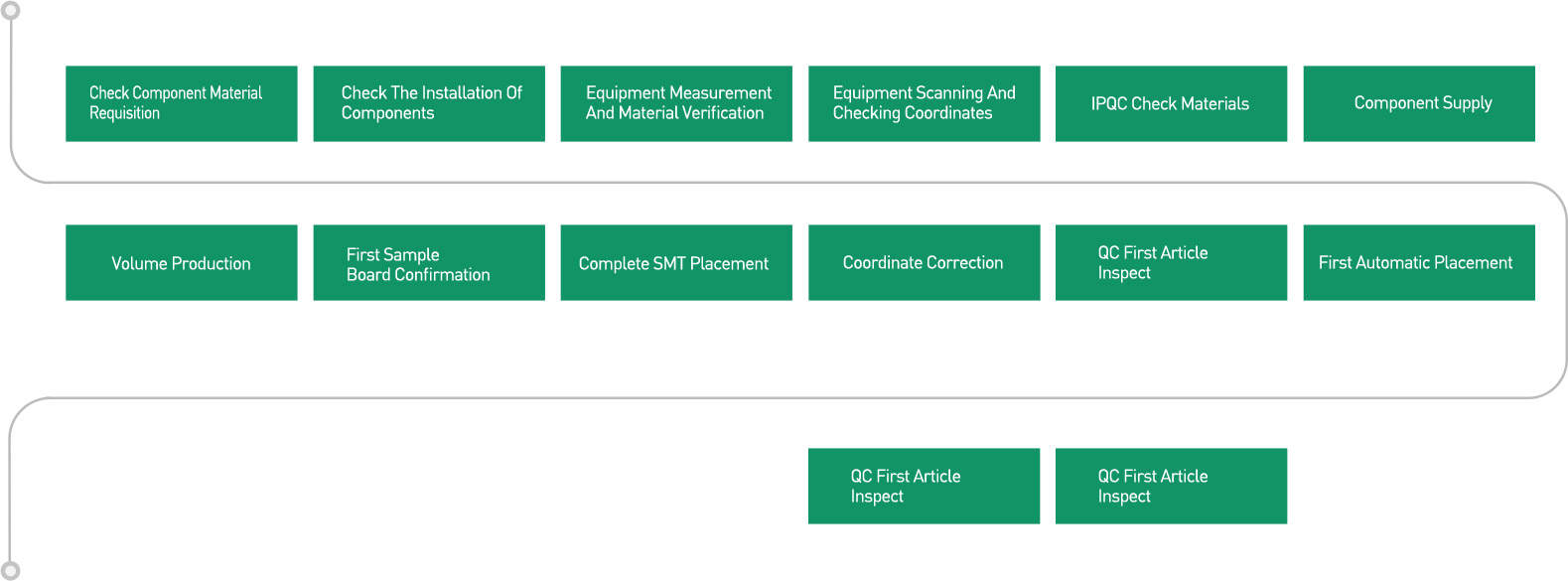
Dobon firmly believes that quality is the soul of products, and strictly abides by every standard, every process of production, and every detail of service!
 Send A Message
Send A MessageIf you are interested in our products and want to know more details,please leave a message here,we will reply you as soon as we can.